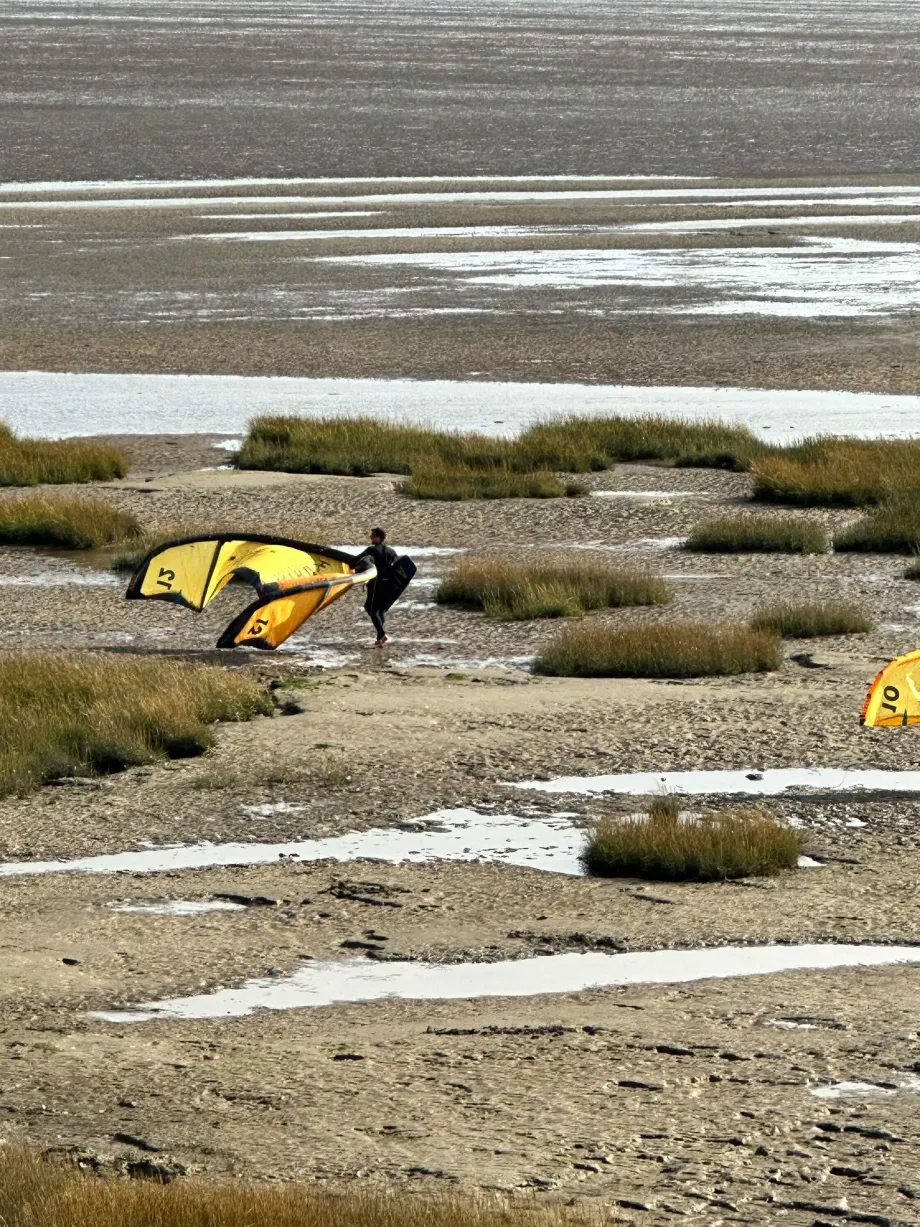
December on Hothfield Heathlands: Mosses and lichens
In our December instalment about Hothfield we focus on mosses and lichens on the reserve. Read on to find out more.


Remnants of a fire started at Blean woods by campers
In a recent incident, the Kent Fire and Rescue Service had to be called upon when a fire started by wild campers got out of control near Blean Woods. Whilst it started in a neighbouring woodland it quickly spread towards the wildlife trust reserve.
Due to the unusually warm and dry October we are seeing a rise in these kinds of incidents, and it is just one of the many things we are finding ourselves having to combat on our reserves daily.Area Manager Matt Hayes
Vandals cause hundreds of pounds worth of damage to Sevenoaks bird hides

Picture of the damage at a bird hide in Sevenoaks. The woodwork is tattered and there are visible holes that need repair
Unfortunately, it is not uncommon for vandals to run amok on nature reserves. With darker nights drawing in, and the remote locations of the sites, some see the changing seasons as an invitation to behave antisocially. This was the case with Sevenoaks nature reserve when, two weeks ago, vandals targeted the bird hides.
The bird hides are used by our visitors to quietly watch the wildlife on this stunning reserve and it is sad that we had to take them out of action because of vandals. We will be putting CCTV on site, with night vision cameras, and will not hesitate in supporting police with prosecution should there be any repeat incidents.Area Warden Paul Glanfield
The phantom plate smasher of Bluebell Hill

Plates smashed all over the floor at bluebell hill nature reserve
The story of the ghost of Bluebell Hill does the rounds every Halloween, but is there a lesser-known spirit wreaking havoc in the area? Over the last few months volunteers and staff at Kent Wildlife Trust have been repeatedly clearing up broken crockery smashed in the car park of the reserve in the dead of night.
Wilder Grazing Ranger, Jess Allum, who cleared up the smasher's most recent mess said:
We think someone may be smashing plates as a kind of “rage room” experience. The broken crockery they leave behind is potentially harmful to wildlife and could damage the vehicles of people using the site. On this particular occasion, I also had to pick up the litter from a baby reveal on the site. It makes you question what kind of a world a baby is being brought into when their parents think it is socially acceptable to fly-tip on a nature reserve.Wilder Grazing Ranger, Jess Allum
Dog attack at Hunstead Woods

Dexter cattle after being attacked by a dog is hiding in wooded area
Dexter cattle were injured when an out-of-control dog attacked them in Hunstead Woods in Canterbury a fortnight ago. They were left scared and hiding in the trees following the incident. The site has been a repeated location for similar incidents and the trust no longer graze sheep there as a result.
Thankfully, on this occasion, the cattle were able to defend themselves against the dog, but it is just another incident where our animals have been subjected to the distress of a dog attack and it is particularly frustrating at dogs should not even be in that area of the reserve. I would ask all dog owners to behave responsibly, obey signs, and keep their dogs on a lead around livestock. It is incidents like this that will lead us to review public access to this site and potentially close the permissive paths to prevent future incidents.Area Manager Matt Hayes
Fly-tipping pumpkins

Defend nature carved into a pumpkin at night showing the light shining through the middle
Kent Wildlife Trust can confirm that a viral Facebook post encouraging people to dump their post-Halloween pumpkins in the woods for wildlife is the bane of existence for conservationists across the country.
Over eight million pumpkins are discarded after Halloween, and many are dumped on our nature reserves by well-meaning people who think it benefits wildlife. It does not, it attracts rats and can make hedgehogs and other animals ill or even kill them. Please don’t fly-tip your pumpkin this Halloween.Area Manager, Matt Hayes
Wildlife disturbance Pegwell Bay

Kite surfer on protected mudflats at pegwell bay
Pegwell Bay is a protected area due to the precious and rare wildlife that seek refuge there, however, the beautiful setting is also a draw for many visitors, with the vast majority enjoying the site without leaving a trace. However, with more visitors and recreational activities comes a rise in wildlife disturbance with surfers straying onto the protected areas and dogs chasing wading birds.
This is a stunning site which attracts a lot of visitors, but with more visitors and recreational activities comes a rise in wildlife disturbance. We have experienced more people entering no-access areas protected for birds, kite surfers defying agreements on how and where they use Pegwell Bay, and dogs chasing wading birds.Protected Area Warden, Nina Jones
I would ask those taking part in water sports to keep well clear of the protected areas and not to approach seals in the bay and for dog owners to keep their pets on a lead at all times and to stick to the areas where dogs are permitted.
People wanting to find out more about how they can enjoy a more wildlife-friendly sustainable Halloween can visit our website or book a family Halloween activity.
This blog was written by Sally Smith

In our December instalment about Hothfield we focus on mosses and lichens on the reserve. Read on to find out more.

This rare butterfly relies on wild woodlands - learn more & support its future.

Long-time volunteer Margery Thomas explores what Hothfield Heathlands is like on a crisp November day.